Wool rugs are a timeless investment — they add warmth, texture, and luxury to any home. Whether you have a wool loop rug, a wool cut pile rug, or a wool shaggy rug, proper care and maintenance are key to keeping your rug looking beautiful for years to come.
In this ultimate guide, we’ll walk you through everything you need to know about cleaning and caring for your wool rug, based on expert advice and best practices.
Why Wool Rugs Need Special Care
Wool is a natural fiber known for its durability, resilience, and natural stain resistance. However, wool is also more delicate than synthetic fibers and needs the right care techniques to avoid damage like pilling, felting, or excessive shedding.
Different types of wool rugs — loop, cut pile, and shaggy — each have slightly different maintenance needs.
How to Care for a Wool Loop Rug
Wool loop rugs are made with uncut loops of yarn, giving them a highly textured and durable surface. Here’s how to keep them looking their best:
1. Vacuum Regularly (but Gently)
-
Use a suction-only vacuum without a beater bar to avoid pulling or breaking the loops.
-
Vacuum at least once a week to remove dirt and dust before it becomes embedded.
2. Address Spills Quickly
-
Blot spills immediately with a clean, dry cloth.
-
Avoid scrubbing, which can fuzz or distort the loops.
3. Rotate Your Rug
-
Rotate every 3-6 months to ensure even wear and prevent uneven fading.
4. Professional Cleaning
-
Have your wool loop rug professionally cleaned every 12-18 months by a specialist familiar with wool fibers.
How to Care for a Wool Cut Pile Rug
Wool cut pile rugs, like plush or velvet styles, have their loops cut to create a smooth, soft surface. Here’s how to care for them:
1. Vacuum with Care
-
Use a vacuum with adjustable height settings.
-
Avoid overly aggressive vacuums which can pull fibers and cause fuzzing.
2. Spot Clean with Mild Detergent
-
Use a small amount of wool-safe detergent diluted in water for stains.
-
Always test a hidden area first to check for colorfastness.
3. Manage Shedding
-
Shedding is natural with new wool cut pile rugs.
-
Regular gentle vacuuming will help minimize shedding over time.
4. Protect from Furniture Dents
-
Use furniture coasters or move furniture slightly every few months to prevent permanent dents.
How to Care for a Wool Shaggy Rug
Wool shaggy rugs, with their long, luxurious pile, offer unmatched coziness — but they require a little extra attention:
1. Shake It Out
-
If possible, take your shag rug outside and give it a good shake to remove loose dirt and dust.
-
Avoid beating it harshly, which can damage the fibers.
2. Vacuum with an Upholstery Attachment
-
Gently vacuum using a handheld upholstery attachment.
-
Avoid using a standard vacuum head directly on the pile to prevent matting.
3. Spot Cleaning
-
Blot stains immediately with a clean, dry towel.
-
Use only a mild wool detergent and dab carefully — never rub.
4. Fluff the Fibers
-
Use your hands or a wide-tooth comb to gently fluff the pile and restore the rug’s volume.
General Wool Rug Care Tips
✅ Use Rug Pads: A high-quality rug pad underneath your wool rug helps prevent slipping, protects your flooring, and reduces wear and tear.
✅ Keep Away from Direct Sunlight: Prolonged sun exposure can fade wool dyes. Use blinds or curtains to shield your rug if it’s in a sunny spot.
✅ Humidity Control: Wool naturally absorbs moisture. Keep indoor humidity levels moderate to prevent mold or mildew.
✅ Avoid Harsh Chemicals: Always choose cleaning products specifically formulated for wool — never use bleach or high-alkaline cleaners.
Wool Rug Care Mistakes That Cost Thousands
Even well-intentioned rug owners can make costly errors that permanently damage their investment. Here are the most expensive mistakes we see at Trends Rugs:
1. Using the Wrong Vacuum Setting
The Mistake: Using a vacuum with a rotating brush or beater bar on delicate wool fibers.
The Cost: $500-$2,000+ in professional restoration or replacement
What Happens: The aggressive brushing pulls and breaks wool fibers, creating permanent bald spots and texture changes that can't be reversed.
2. DIY Steam Cleaning
The Mistake: Renting a carpet cleaner or using a steam cleaner on wool rugs.
The Cost: $800-$3,000+ for a quality wool rug replacement
What Happens: Excessive moisture causes wool to shrink, felt, and develop mold. The backing can separate, and colors may bleed irreversibly.
3. Using Household Cleaners
The Mistake: Applying bleach, ammonia, or alkaline cleaners to remove stains.
The Cost: $1,200-$4,000+ depending on rug size and quality
What Happens: These chemicals dissolve wool proteins, creating permanent discoloration and weakening the fiber structure until it literally falls apart.
4. Ignoring Moth Damage
The Mistake: Not addressing small holes or loose fibers immediately.
The Cost: $300-$1,500+ in professional reweaving, or total replacement
What Happens: Carpet moths can destroy an entire rug within months, eating through the wool foundation and creating irreparable damage.
5. Improper Storage
The Mistake: Storing wool rugs in plastic bags or damp places.
The Cost: Complete loss - $1,000-$5,000+ for replacement
What Happens: Trapped moisture leads to mold, mildew, and rot that destroys the rug from the inside out.
Prevention is Always Cheaper: Professional cleaning every 12-18 months costs $200-$400 but protects a $2,000+ investment. At Trends Rugs, we've seen too many beautiful wool rugs ruined by these preventable mistakes.
Seasonal Care Calendar
Spring (September-November):
- Deep vacuum to remove winter dust and debris
- Professional cleaning if due (every 12-18 months)
- Rotate rugs to prevent uneven sun fading as daylight hours increase
- Check for moth damage after winter storage items are moved
- Prepare for increased humidity and potential spring rains
Summer (December-February):
- Increase vacuuming frequency in high-traffic areas during holiday season
- Use fans and air conditioning to manage humidity and prevent moisture buildup
- Apply UV protection by adjusting blinds during intense Australian summer sun
- Address spills immediately due to high humidity and heat
- Monitor for sun damage during peak UV months
Autumn (March-May):
- Prepare rugs for cooler weather and increased indoor time
- Clean thoroughly before winter entertaining season
- Check rug pads for wear and replace if needed
- Treat any stains before the drier winter months set in
- Take advantage of mild weather for airing out rugs
Winter (June-August):
- Monitor for increased moisture from rain and lower temperatures
- Use entrance mats to protect from wet weather
- Maintain consistent indoor humidity with heating systems
- Schedule professional cleaning during quieter winter months
- Check for any damage from increased indoor heating use
This seasonal approach will extend and preserve the longevity of your natural rugs.
Free Downloadable Wool Rug Care Checklists
Save these checklists to keep your wool rugs looking beautiful for decades!
Weekly Wool Rug Maintenance Checklist
Print this list and keep it handy for your weekly routine:
□ Gentle vacuum - Use suction only, no beater bar or rotating brush
□ Spot check for stains - Look for new spills or marks that need immediate attention
□ Fluff high-traffic areas - Gently lift pile by hand in walkways and seating areas
□ Check rug pad position - Ensure pad hasn't shifted and rug lies flat
□ Quick visual inspection - Look for loose threads, pulls, or damage
Time needed: 5-10 minutes per rug
Final Thoughts
With the right care, your wool rug — whether looped, cut pile, or shaggy — can stay beautiful for decades. Regular gentle vacuuming, quick action on spills, and periodic professional cleaning are the keys to preserving the beauty and comfort of your investment.
By following these wool rug maintenance tips, you can enjoy the luxurious feel and timeless style of wool underfoot for years to come.
Looking for high-quality wool rugs? Browse our curated collection today and find the perfect piece for your home!
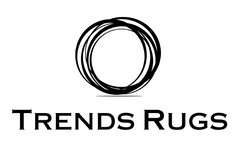
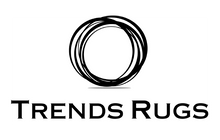
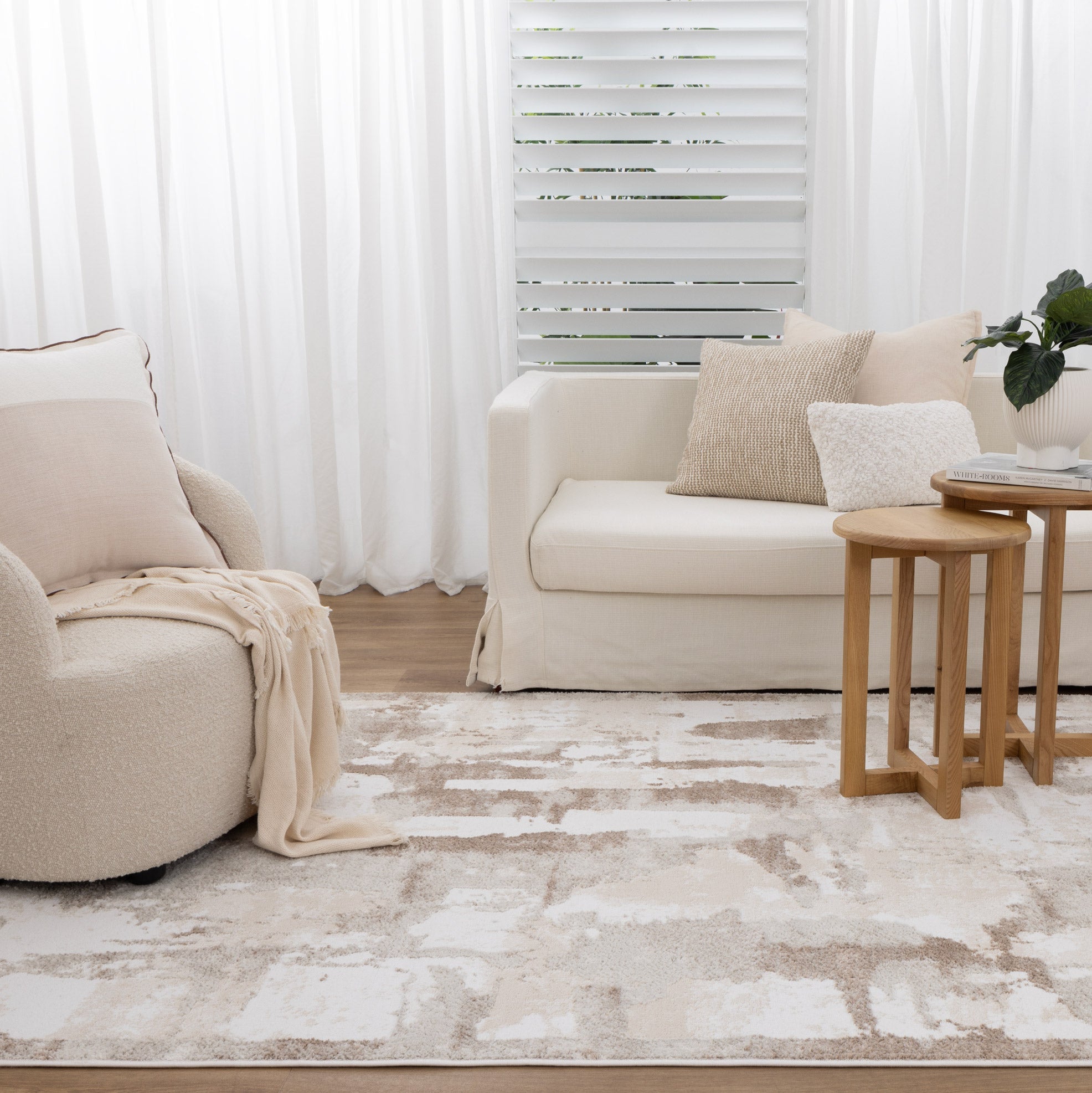
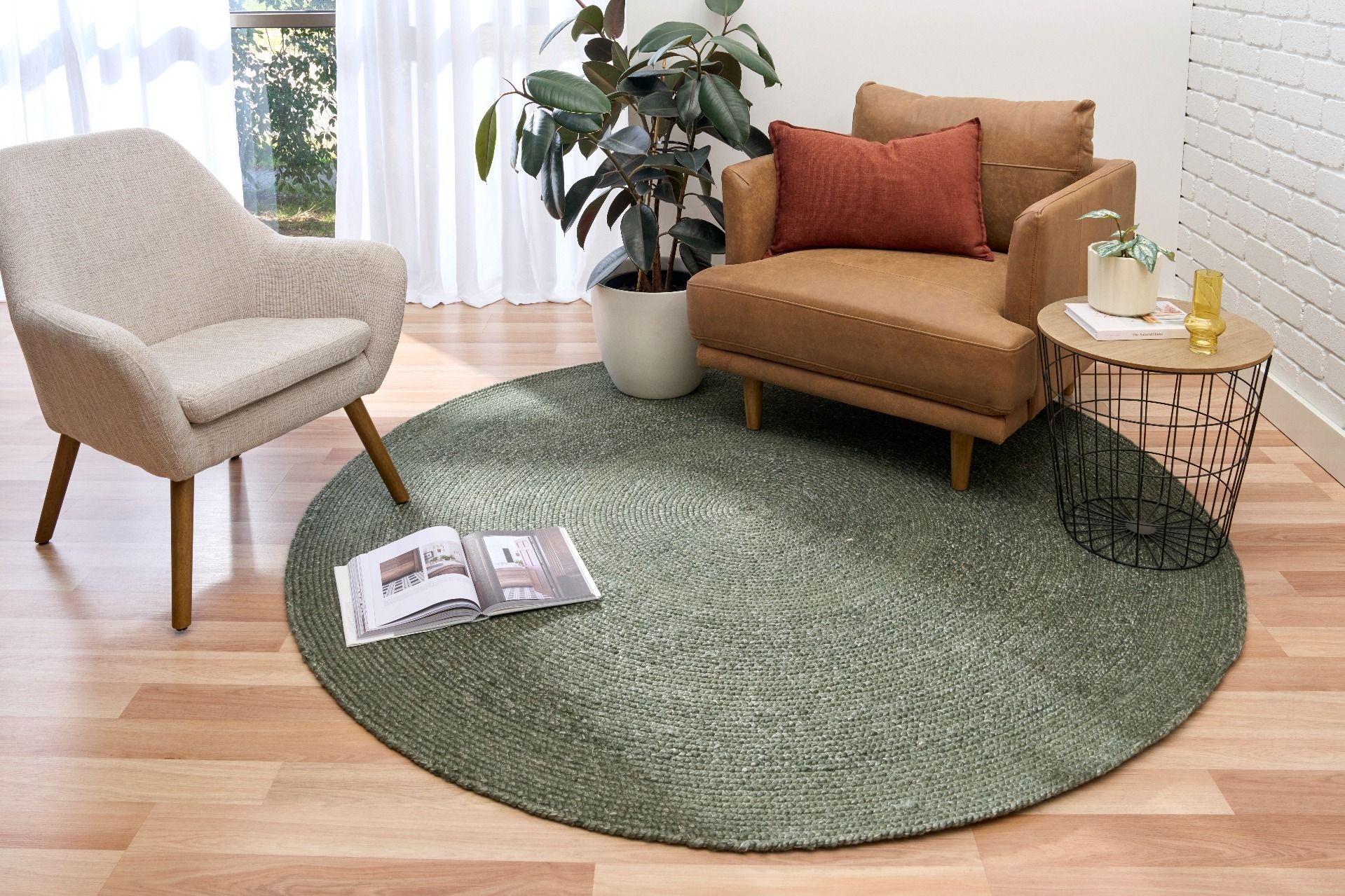
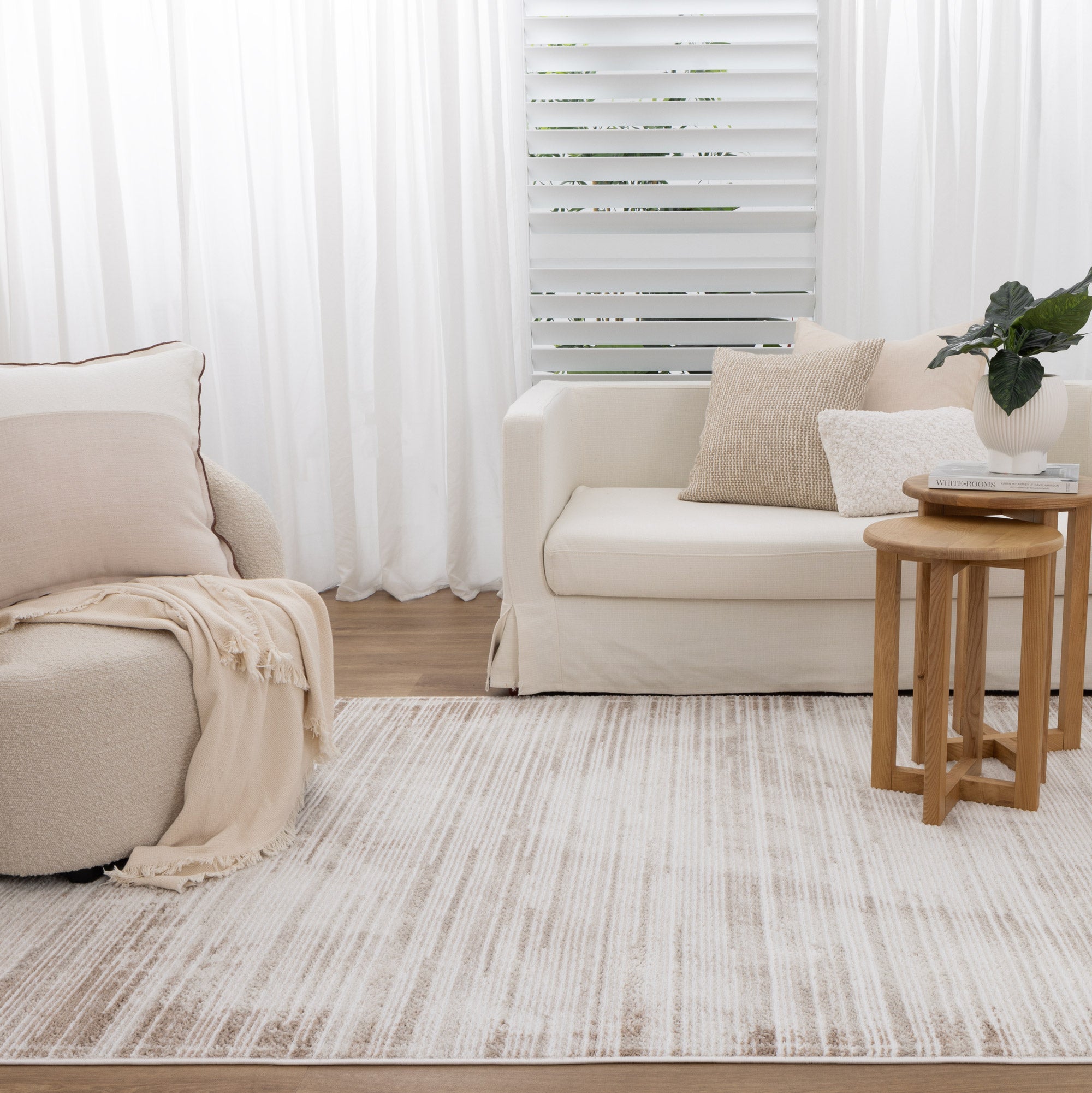
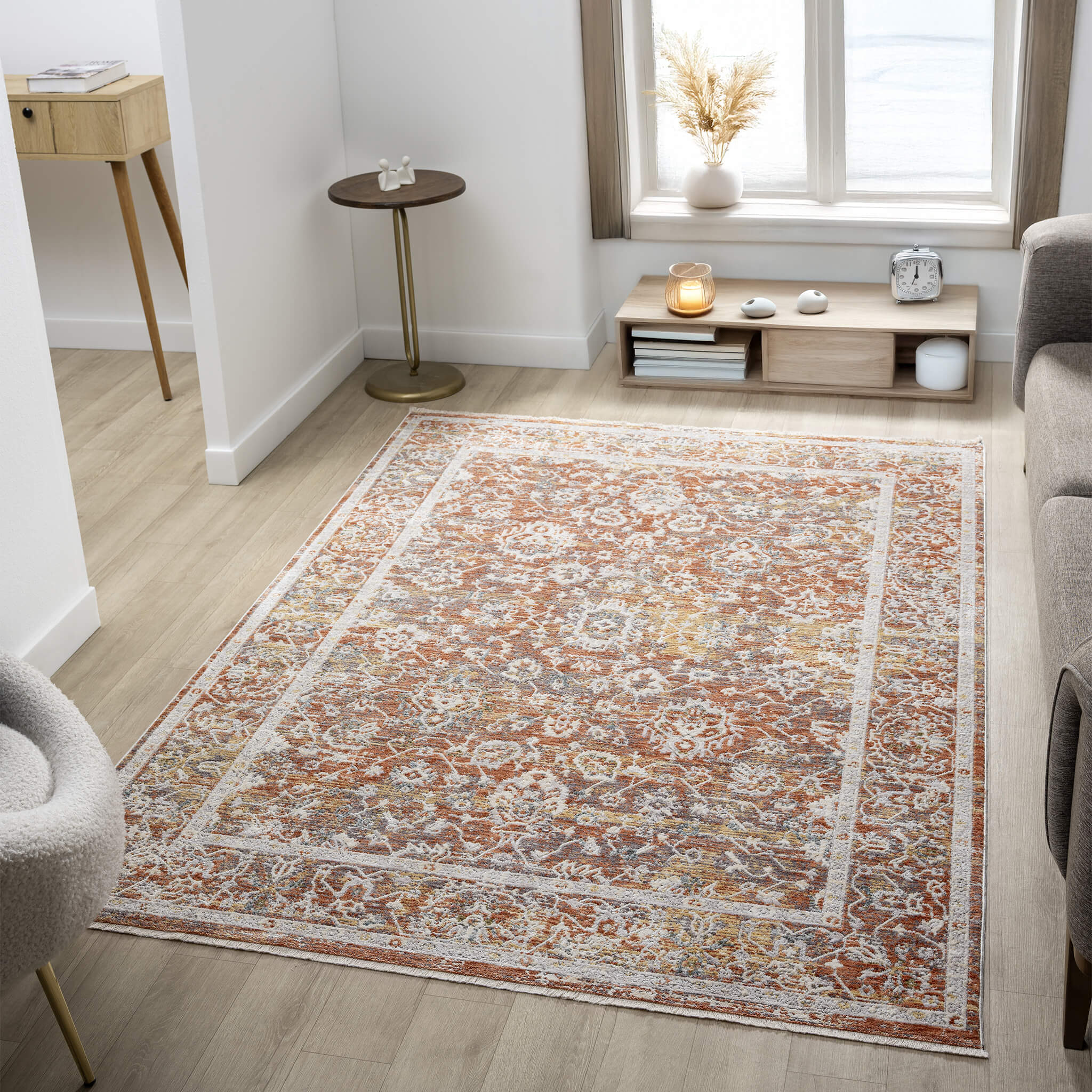

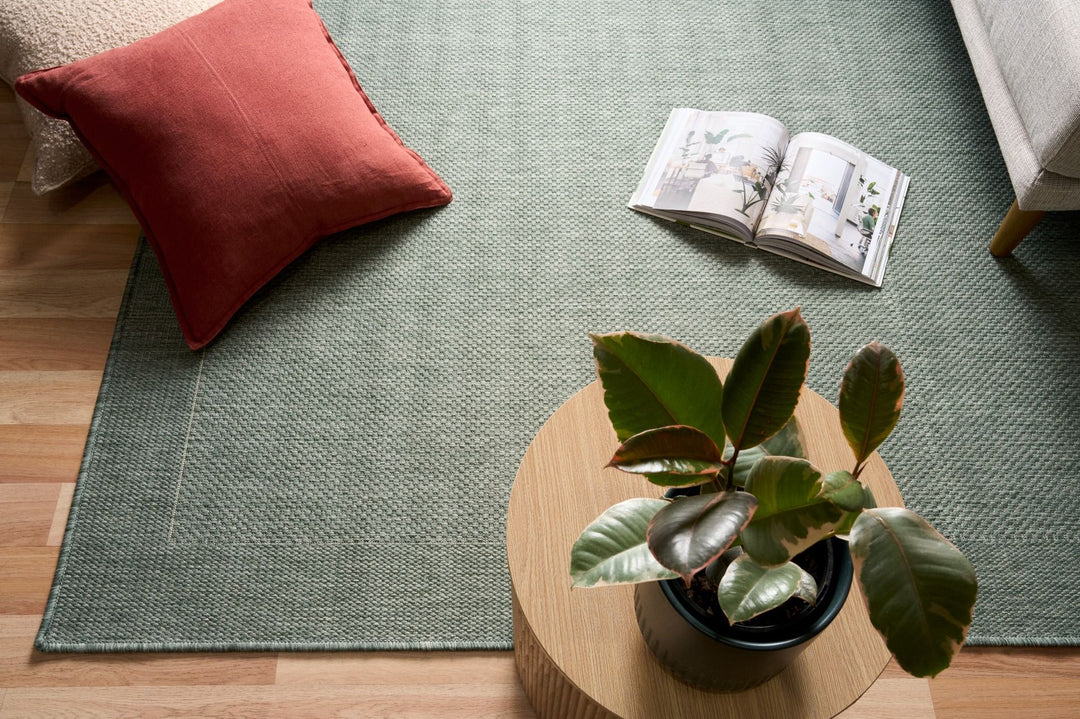
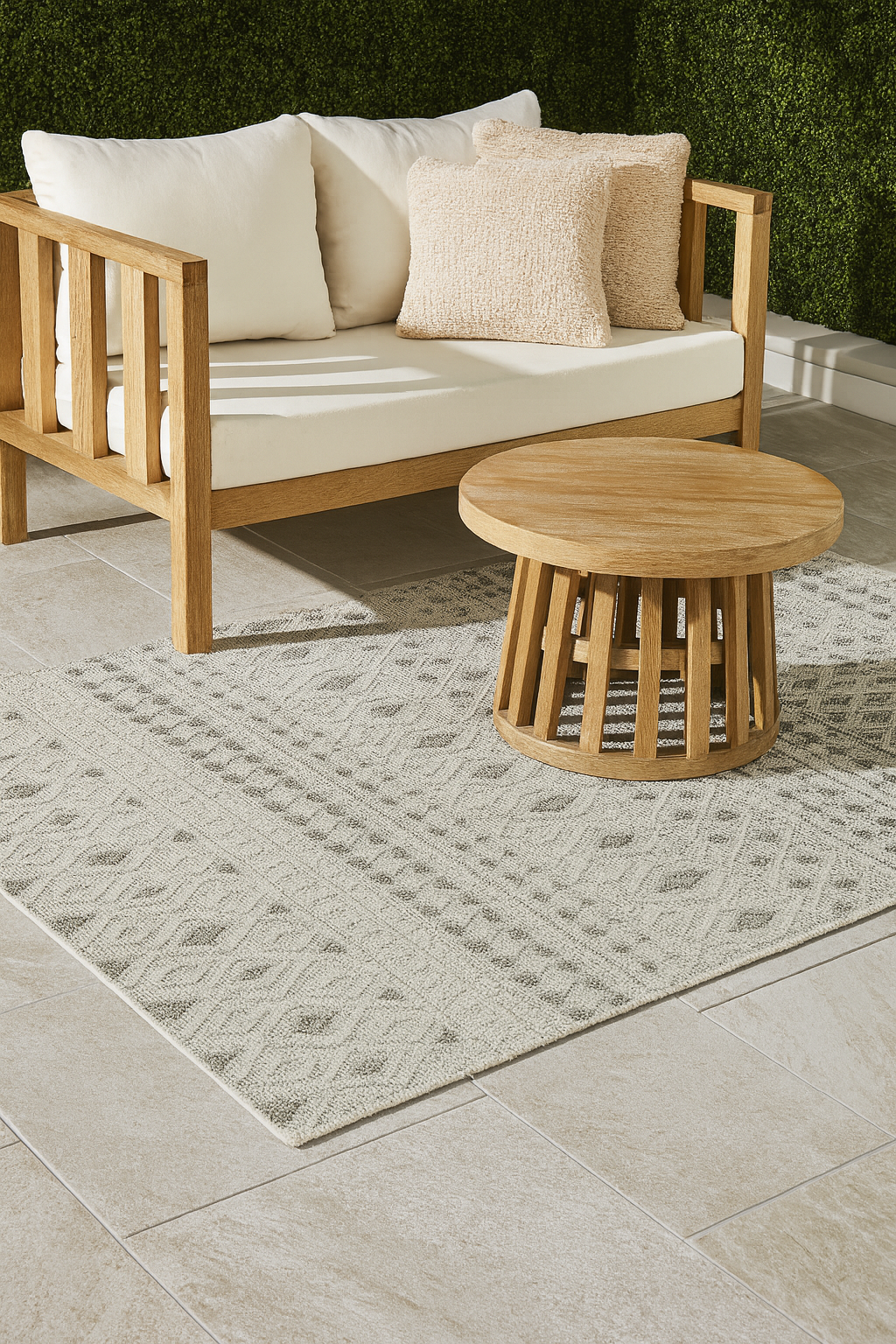

Leave a comment